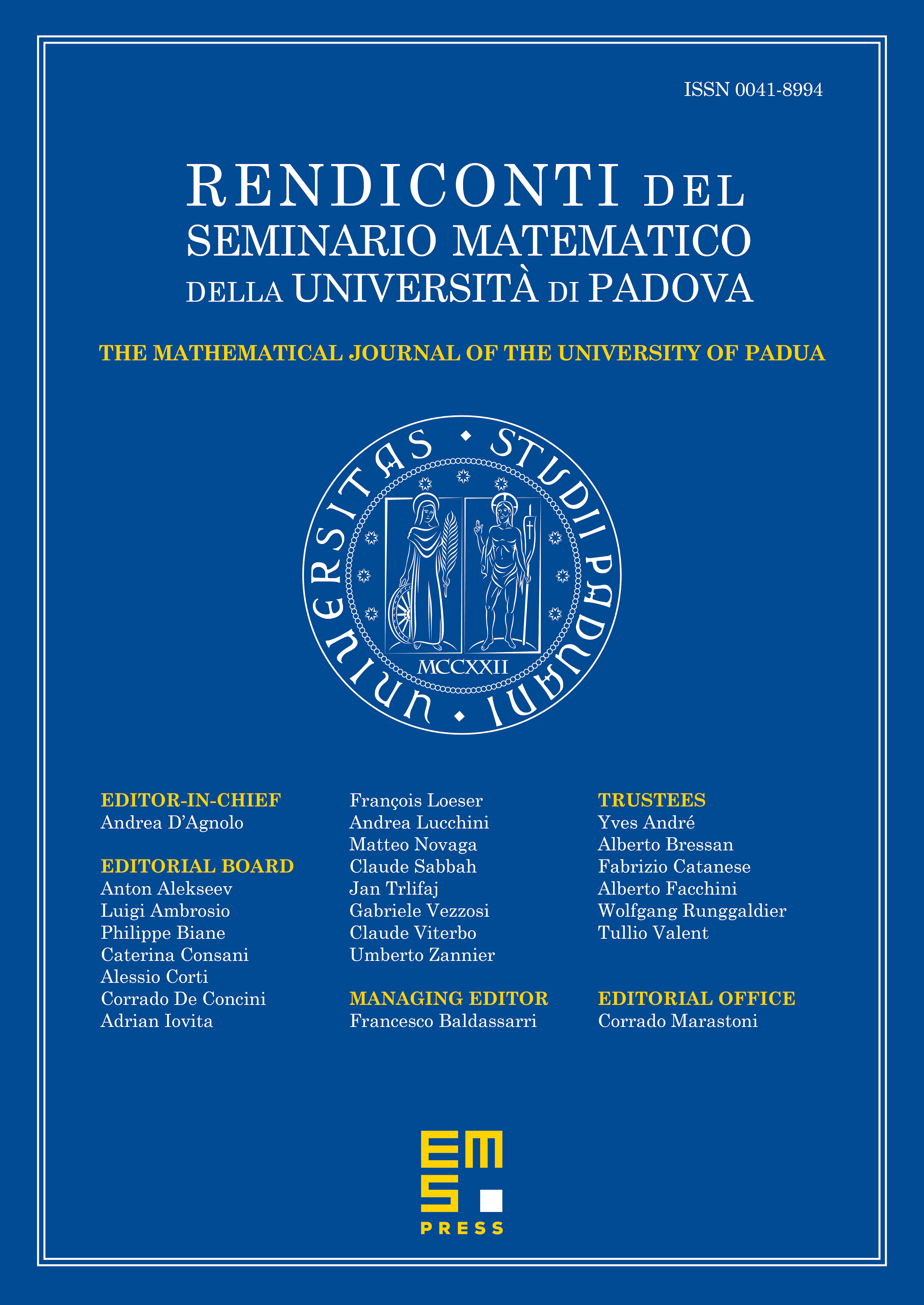(Co)isotropic triples and poset representations
Christian Herrmann
Technische Universität Darmstadt, GermanyJonathan Lorand
University of Zurich, SwitzerlandAlan Weinstein
University of California, Berkeley, USA

Abstract
We study triples of coisotropic or isotropic subspaces in symplectic vector spaces; in particular, we classify indecomposable structures of this kind. The classification depends on the ground field, which we assume only to be perfect and not of characteristic 2. Our work uses the theory of representations of partially ordered sets with (order reversing) involution; for (co)isotropic triples, the relevant poset is “2 + 2 + 2” consisting of three independent ordered pairs, with the involution exchanging the members of each pair.
A key feature of the classification is that any indecomposable (co)isotropic triple is either “split” or “non-split.” The latter is the case when the poset representation underlying an indecomposable (co)isotropic triple is itself indecomposable. Otherwise, in the “split” case, the underlying representation is decomposable and necessarily the direct sum of a dual pair of indecomposable poset representations; the (co)isotropic triple is a “symplectification.”
In the course of the paper we develop the framework of “symplectic poset representations,” which can be applied to a range of problems of symplectic linear algebra. The classification of linear Hamiltonian vector fields, up to conjugation, is an example; we briefly explain the connection between these and (co)isotropic triples.
Cite this article
Christian Herrmann, Jonathan Lorand, Alan Weinstein, (Co)isotropic triples and poset representations. Rend. Sem. Mat. Univ. Padova 146 (2021), pp. 57–162
DOI 10.4171/RSMUP/84